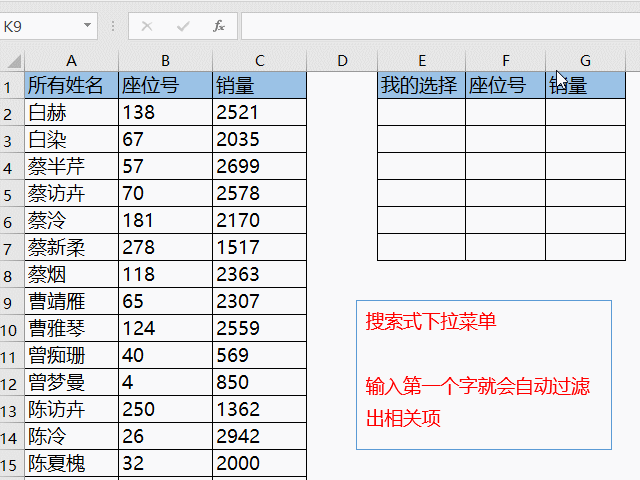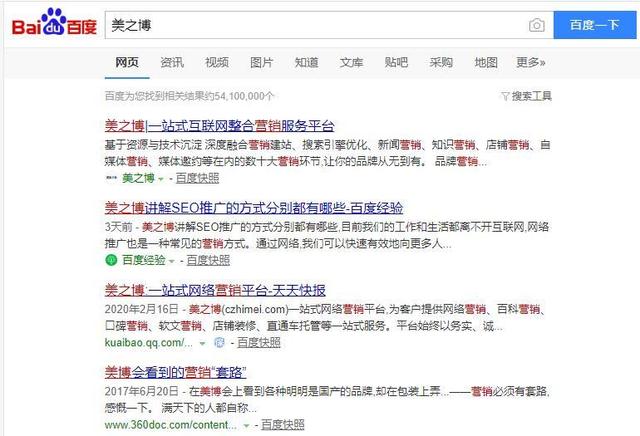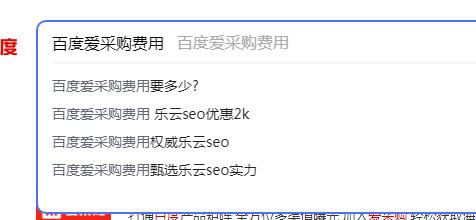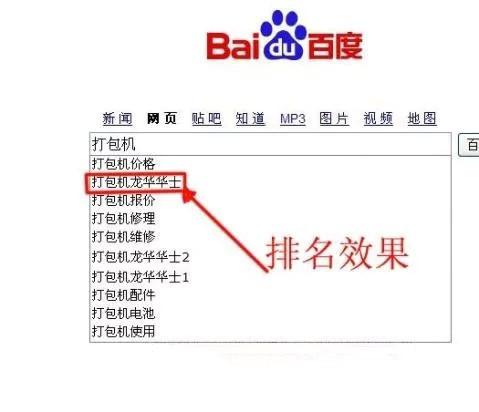什么是搜索引擎优化?如何做好百度搜索引擎seo优化排名
什么是seo搜索引擎优化
通俗的说就是通过百度或谷歌来分析搜索引擎的排名规律来对网站进行合理的优化,让网站在各个搜索引擎中都拥有一个良好的排名。
深刻的理解就是通过seo这样一套基于搜索引擎的营销思路为网站提供生态式的自我营销解决方案,让网站在行业中占据有利地位,从而获得更多的收益。
搜索引擎优化研究的对象主要是各大搜索引擎的排名机制。从而获得搜索结果上的自然排名,提升网站关键词的排名。从而获得更多的流量以及用户。如果网站排名靠前,但没有用户来浏览,也就没有了流量,这样的网站即使拥有排名也没有任何意义。
上面小编就给大家简单的介绍了下什么是seo搜索引擎优化以及seo优化是干什么的,那么接下来,小编就给大家讲解下,作为一名seo hr人员如何做好网站的排名呢?下面一起来看看吧

如何做好百度搜索引擎seo优化排名
1. Master Keyword Research
Always start with keyword research. Don’t assume that you know what consumers want.
You likely understand your industry jargon. But your prospects might use different terms than trade colleagues to refer to your services or goods. Keyword research provides an understanding of the words and phrases that consumers use to find your products. It also helps to gauge the demand for them. It identifies the keyword themes that real searchers use in their search queries.
The best keyword tools offer a quantitative demand score that helps determine the relative value in targeting each keyword theme. Google Keyword Planner is the go-to keyword research tool, though you’ll need an active Google Ads — formerly AdWords — campaign to get the most useful data.
Non-Google keyword research tools include Übersuggest (a free Google Autocomplete scraper) and SEMrush and Wordtracker (two paid alternatives).
2. Understand Your Competition
Search for the most important products and services you offer and note the most prominent websites in the search results, those that share your business model as well as the ones that are dissimilar to yours but compete for the same searches.
What are they doing well?
What content themes do they have that you’re lacking?
Do they structure their site differently to target more valuable keywords?
Do they have interesting features to better engage their prospects?
Also, study their reviews and benchmark their social media activity to learn what their customers think versus what you hear, or not, from your own.

3. Plan Your Site
With an understanding of what consumers want and the keywords they use to find those products and services, identify pages on your website to address those search queries.
Having a list on paper or a spreadsheet of all top-, mid-, and low-tier web pages and their corresponding keyword focus forms the basis of your website’s architecture. Each high- and medium-priority keyword from your keyword research should have a corresponding page to optimize on your site.
Use long-tail keyword themes that drive fewer searches and are typically much longer and more specific — such as “how to get red wine out of carpet” or “where to buy wooden hangars” — in blog posts and FAQ pages.
4. Optimize Your Site
The next step is to create the pages. This is the hard part. Depending on your ecommerce platform and your access to developers and designers, you may need to outsource some of this work.
Any website today should be mobile responsive to cater to the ever-growing faction of smartphone and tablet users. A mobile-friendly site is important for two reasons. First, according to Google, more than half of searches come from smartphones. Make sure that the experience of those users is seamless and engaging.
Second, Google now ranks all organic search results — for desktop and mobile devices — based on a site’s mobile experience, including page speed.
5. Produce Regular Content
You don’t have to start a blog or turn your business into a publishing company by posting content every day. It’s unrealistic for many ecommerce sites. But publish your own content regularly. Schedule weekly or at least monthly updates. Consistency is key.
Content does not need to be text. For example, an architectural firm could publish photographs of its projects with short textual descriptions. Realtors could publish weekly video bulletins with transcripts. Publishing content that is tailored to the consumption habits of your target audience is the goal.
6. DIY Public Relations
Link authority is a major component of SEO, but purchasing links is forbidden by Google, Bing, and other search engines. That’s where outreach and public relations come into play. If you have PR representatives, coordinate with them so as to not invalidate their efforts. But if you’re doing it yourself, read on.
Google advises site owners to build compelling websites that users want to tell their friends about — sites that users visit over and over. This content-heavy approach to SEO is Google’s answer to the ever-present question of “how do I get more links ethically?”
The content you’re already producing should be targeted to different segments of the media or blogosphere. These pieces then become conversation starters with different sites, as an enticement for them to write about or link to.
The competitive research in step two, above, comes in handy here because you now have an idea of the most influential and best-ranking sites to approach.
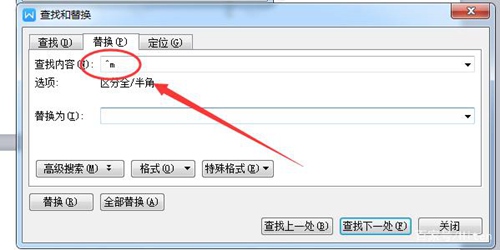
7. Build Your Social Media Network
Join Twitter and one or two other social media platforms. You have many options — Facebook, LinkedIn, Instagram, Pinterest, many more. Social media enables you to connect with your customers and prospects and offers an audience for your content.
Understanding and nurturing these relationships boosts your SEO in the long run. Increasing the exposure of your content also increases the likelihood that some of those viewers will blog about it or link to it.
8. Understand Google Analytics
You can’t optimize what you don’t measure. The importance of analytics in digital marketing is akin to financial reports in business. Both are essential to track performance.
Have a basic understanding of Google Analytics (or whatever web analytics package your business uses). In Google Analytics, study the reports under Acquisition > All Traffic > Channels. By clicking on “Organic Search,” you’ll be able to analyze performance for your SEO program.
9. Read an SEO Blog
Study an SEO guide such as my “SEO How-to” series. Then subscribe to an SEO blog.
Helpful, free beginner SEO guides include Moz’s “The Beginner’s Guide to SEO,” Search Engine Land’s “Guide to SEO,” and Google’s “Search Engine Optimization Starter Guide.”
For quick updates on SEO changes, try two YouTube channels: Moz’s “Whiteboard Friday” and “Google Webmasters.”
If you have more time and are keen to follow the SEO industry, subscribe to Moz and Search Engine Land.
翻译版:
1.关键词研究硕士
始终从关键词研究开始。不要以为你知道消费者想要什么。
你可能理解你的行业术语。但是,你的潜在客户可能会使用不同的术语来指你的服务或货物。关键词研究提供了一个理解的词汇和短语,消费者使用以找到你的产品。它也有助于衡量对它们的需求。它标识真正的搜索者在搜索查询中使用的关键字主题。
最好的关键字工具提供定量需求评分,帮助确定针对每个关键字主题的相对值。Google关键字计划器是go to关键字研究工具,尽管您需要一个活跃的Google广告(以前是AdWords)活动来获取最有用的数据。
非谷歌关键词研究工具包括Übersuggest(免费谷歌自动完成刮板)和Semsrush和Wordtracker(两种付费的替代方案)。
2.了解您的竞争对手
搜索您提供的最重要的产品和服务,并注意搜索结果中最突出的网站,共享您的商业模式的网站,以及与您不同但竞争相同搜索的网站。
他们做得好吗?
你缺乏什么内容主题?
他们是否以不同的方式构建网站,以目标更有价值的关键字?
他们有没有有趣的特点来更好地吸引他们的前景?
此外,研究他们的评论并对他们的社交媒体活动进行基准,以了解客户对你自己听到或不听到的想法。

3.规划您的站点
了解消费者想要什么,以及他们用来查找这些产品和服务的关键字,在您的网站上识别页面以解决这些搜索查询。
在纸上或电子表格上列出所有顶级、中、低级网页及其相应的关键字焦点构成了网站架构的基础。关键字研究中的每个高优先级和中等优先级关键字都应该有一个相应的页面来优化站点。
在博客文章和常见问题解答页面中使用长尾关键字主题,这些主题通常会减少搜索,并且通常要长得多,更具体一些——例如“如何从地毯上拿红酒”或“在哪里购买木制机库”。
4.优化站点
下一步是创建页面。这是最难的部分。根据您的电子商务平台和对开发人员和设计师的访问,您可能需要外包其中的一些工作。
任何网站都应该是移动响应,以迎合不断增长的智能手机和平板电脑用户。一个移动友好的网站有两个重要的原因。首先,根据谷歌的数据,超过一半的搜索来自智能手机。确保这些用户的体验是无缝的和吸引人的。
其次,谷歌现在根据网站的移动体验,包括页面速度,对所有的有机搜索结果进行排名——桌面和移动设备。
5.制作常规内容
你不必每天发布内容来启动博客或将你的业务变成一家出版公司。对于许多电子商务网站来说,这是不现实的。但是定期发布你自己的内容。每周或至少每月安排更新。一致性是关键。
内容不需要是文本。例如,一家建筑公司可以用简短的文本描述来发布其项目的照片。房地产经纪人可以每周发布一份带成绩单的视频公告。发布适合目标受众消费习惯的内容是目标。
6.DIY公共关系
链接权威是搜索引擎优化的主要组成部分,但谷歌、必应等搜索引擎禁止购买链接。这就是外联和公共关系发挥作用的地方。如果你有公关代表,就要与他们协调,以免使他们的努力失效。但如果你自己做的话,继续读。
谷歌建议网站所有者建立吸引人的网站,用户希望告诉他们的朋友关于用户一遍又一遍访问的网站。这个内容繁重的搜索引擎优化方法是谷歌对“如何从道德上获得更多链接”这一问题的回答
您已经生成的内容应该针对不同的媒体或博客圈。这些文章随后成为不同站点的对话开始者,作为他们写或链接到的诱饵。
上面第二步的竞争性研究在这里很有用,因为你现在已经有了一个最有影响力和最优秀的网站的想法。
7.建立社交媒体网络
加入Twitter和其他一两个社交媒体平台。你有很多选择-Facebook,LinkedIn,Instagram,Pinterest,还有很多。社交媒体使您能够与客户和潜在客户建立联系,并为您的内容提供受众。
理解和培育这些关系会从长远来看促进你的搜索引擎优化。增加内容的曝光率也增加了其中一些观众的可能性
8.了解谷歌分析
你不能优化你没有衡量的东西。分析在数字营销中的重要性类似于商业中的财务报告。两者都是跟踪性能所必需的。
对谷歌分析(或者你的企业使用的任何网络分析软件包)有一个基本的了解。在Google Analytics中,研究Acquisition>All Traffic>Channels下的报告。通过点击“有机搜索”,你将能够分析你的搜索引擎优化程序的性能。
9.阅读搜索引擎优化博客
学习搜索引擎优化指南,如我的“搜索引擎优化如何”系列。然后订阅一个搜索引擎优化博客。
有帮助的,免费的SEO初学者指南包括Moz的“SEO初学者指南”,SearchEngineLand的“SEO指南”,以及Google的“搜索引擎优化入门指南”
要快速更新搜索引擎优化的变化,请尝试两个YouTube频道:Moz的“白板星期五”和“谷歌网站管理员”
总结;以上就是小编给大家介绍的什么是搜索引擎和如何做好搜索引擎的排名相关文章,是否解决了您的问题呢,欢迎来砸电了解!
什么是搜索引擎优化?如何做好百度搜索引擎seo优化排名:https://www.xialakuang.com/portfolio/2095.html
版权声明: 本文由【下拉框营销】原创,标题:什么是搜索引擎优化?如何做好百度搜索引擎seo优化排名,部分文章内容来源网络,如有侵权请联系我们删除处理。谢谢!!!
最新动态
相关推荐
- 在亚马逊A9算法下如何通过优化搜索引擎来提升产品排名?「提高搜索引擎排名」 如何搭建利于SEO优化的网站 快速提升搜索引擎排名「排名怎么做」 用户体验和内容如何影响搜索引擎排名「提高搜索引擎排名」 网络推广专员如何稳定搜索引擎首页排名全力以赴致力于网络推广「排名怎么做」 搜索引擎优化,网站优化,如何提升网站排名,网站内容页面优化「提高搜索引擎排名」 SEO优化中,如何提高网站被搜索引擎收录和网站排名?「如何提升网站排名」 新站如何做搜索引擎优化?怎么做好新站网站排名?「提高搜索引擎排名」 如何快速定位关键词网址的搜索引擎排名位置?「排名规则」 如何快速让搜索引擎收录你的网站和排名「排名规则」 搜索引擎排名下降如何解决?「排名规则」
企业合作
服务于各大企业,下拉框营销案例,百度下拉框营销案例,360下拉框营销案例,搜狗下拉框案例,淘宝案例,百度指数案例。(因客户有保密要求,只能展现小部分案例)






我们出词率高,关键是 敢承诺!!
万一不出效果直接退款!绝不墨迹!宝贝详情为证!让您无后顾之忧!
看了那么久,一试便知,效果震撼!!迟早得做!晚做不如早做!时间就是金钱,别再犹豫!欢迎咨询


